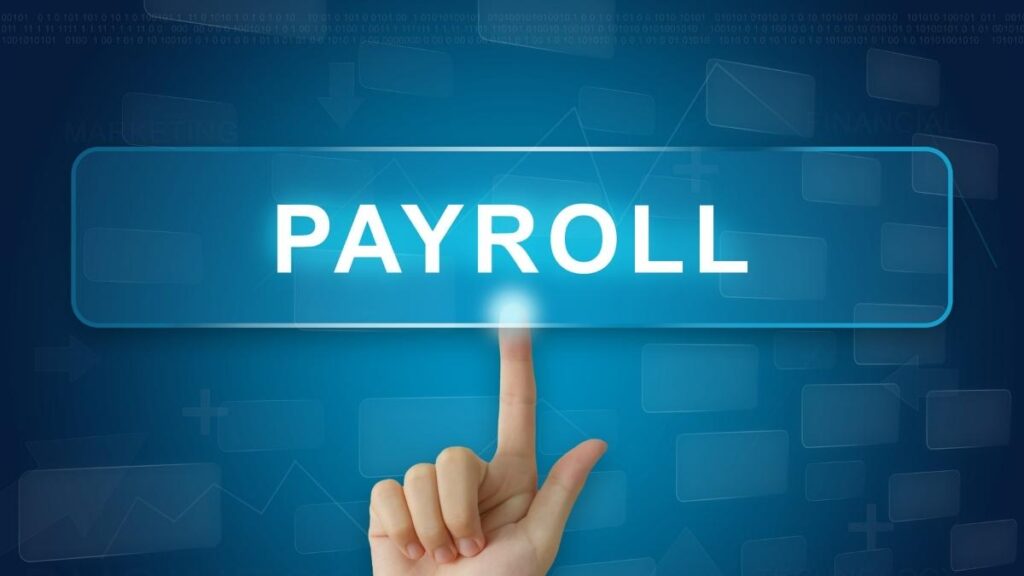
If you recently checked your credit report or bank statement and noticed something like “JPMCB Card”, you might be wondering what it means. At first glance, it can look confusing — almost like an unfamiliar account or suspicious entry. But in most cases, it’s not fraud.
This guide will break down what JPMCB Card is, why it shows up on your report, and what to do if you don’t recognize it. By the end, you’ll have a clear understanding of how this entry affects your credit profile and what steps you should take.
What Does “JPMCB Card” Mean?
“JPMCB Card” stands for JPMorgan Chase Bank Credit Card.
- JPMorgan Chase Bank (often shortened to Chase) is one of the largest credit card issuers in the United States.
- When you open a Chase credit card — such as a Chase Sapphire, Freedom, or co-branded airline card — it may appear on your credit report under the name “JPMCB Card Services” or simply “JPMCB Card.”
- On your credit report, this shows up as the financial institution that issued your account.
In short: JPMCB Card = Chase credit card.
Why Does JPMCB Card Appear on Your Credit Report?
There are several reasons you may see JPMCB Card on your credit file:
- You have a Chase credit card.
If you currently use or previously used a Chase-issued card, this entry is normal. - You applied for a Chase card.
Even if you didn’t get approved, the inquiry may still show up under JPMCB. - Authorized user account.
If someone added you as an authorized user on their Chase card, JPMCB may appear on your report. - Account history.
Even after closing a Chase card, the account can stay on your credit report for up to 10 years (if in good standing).
Which Credit Cards Are Issued by JPMCB?
Chase issues a wide range of personal and business credit cards. If you see JPMCB Card on your report, it could be connected to one of these:
Popular Chase Personal Cards
- Chase Sapphire Preferred®
- Chase Sapphire Reserve®
- Chase Freedom Flex®
- Chase Freedom Unlimited®
- Chase Slate Edge®
Co-Branded Travel & Retail Cards
- United℠ Explorer Card
- Southwest Rapid Rewards® cards
- Marriott Bonvoy Boundless® Credit Card
- World of Hyatt Credit Card
- Amazon Prime Rewards Visa Signature Card
Business Credit Cards
- Ink Business Preferred® Credit Card
- Ink Business Unlimited®
- Ink Business Cash®
If you hold any of these, the JPMCB Card entry is simply Chase reporting your account activity.
Why JPMCB Card May Appear Unexpectedly
Sometimes consumers get concerned because they don’t remember opening a JPMCB account. Here are common situations:
- Old Account: You had a Chase card years ago, and the closed account is still on your report.
- Authorized User: A spouse, parent, or business partner added you to their Chase card without fully explaining.
- Hard Inquiry: You applied for a Chase card, and the credit check shows up.
- Identity Theft: In rare cases, it could be fraudulent if someone opened a Chase card in your name.
What To Do If You Don’t Recognize JPMCB Card
If you’re unsure why JPMCB Card is on your report, follow these steps:
- Check your wallet and accounts.
Review your active credit cards. Do you have one issued by Chase? - Look at old accounts.
Even closed Chase accounts may still appear. - Confirm with family members.
Were you added as an authorized user? - Review your credit report details.
Look at the account’s open date, balance, and payment history. This can give clues. - Call Chase directly.
Contact Chase customer service at the number on their official website to confirm if the account belongs to you. - Dispute if necessary.
If you believe it’s fraudulent or incorrect, file a dispute with the credit bureaus (Experian, Equifax, TransUnion).
Does JPMCB Card Affect Your Credit Score?
Yes — but in the same way as any other credit card. Chase reports your account activity to the credit bureaus, which impacts:
- Payment history (on-time vs. late payments)
- Credit utilization ratio (balance vs. credit limit)
- Account age (longer history helps your score)
- New inquiries (applications may temporarily lower your score)
If the account is legitimate and in good standing, it can actually help build your credit score.
Practical Tips for Managing JPMCB Card Accounts
If you currently hold a Chase credit card, here are smart ways to manage it:
- Pay your bill on time → Chase reports late payments quickly.
- Keep balances low → Try to use less than 30% of your credit limit.
- Take advantage of rewards → Many Chase cards offer travel points, cashback, or business perks.
- Set up account alerts → Helps catch fraud or unusual charges early.
- Monitor your credit report → Verify that the JPMCB Card entry matches your account details.
Key Takeaways
- JPMCB Card = JPMorgan Chase Bank Credit Card.
- Appears on your report if you have or applied for a Chase card.
- It may show up for active, closed, or authorized user accounts.
- If unrecognized, review details and contact Chase.
- Correctly managed, it can help strengthen your credit score.
FAQs About JPMCB Card Credit Card
1. Why does my credit report say JPMCB Card instead of Chase?
Credit reports use the bank’s formal reporting name. JPMCB stands for JPMorgan Chase Bank, the issuer behind Chase credit cards.
2. Can JPMCB Card appear even if I never opened a Chase card?
Yes — if you were added as an authorized user or if someone fraudulently opened an account in your name.
3. How long does a JPMCB Card account stay on my credit report?
Open accounts remain as long as active. Closed accounts in good standing may remain up to 10 years; negative accounts typically remain 7 years.
4. Does a JPMCB inquiry hurt my credit score?
Yes, but only slightly and temporarily. A hard inquiry from a Chase card application may lower your score by a few points for about a year.
5. What should I do if I think JPMCB Card is fraud?
Immediately contact Chase to verify the account, then file disputes with Experian, Equifax, and TransUnion if it’s unauthorized.
6. Does JPMCB issue both personal and business cards?
Yes. Chase offers consumer cards like Sapphire and Freedom, as well as Ink Business cards for entrepreneurs.
Final Thoughts
Seeing “JPMCB Card” on your credit report or bank statement isn’t unusual — it’s simply Chase’s way of reporting your account. In most cases, it’s nothing to worry about. But if you truly don’t recognize the account, it’s worth digging deeper to rule out fraud.
Understanding how JPMCB entries work gives you peace of mind and helps you take smarter steps in managing your credit health.

Emma Rose is a U.S.-based personal finance writer and a regular contributor at Cardix.us. She focuses on topics like credit cards, credit scores, and everyday money management. Emma’s writing makes complex financial concepts simple and practical, helping readers make smarter credit and spending decisions with confidence.


